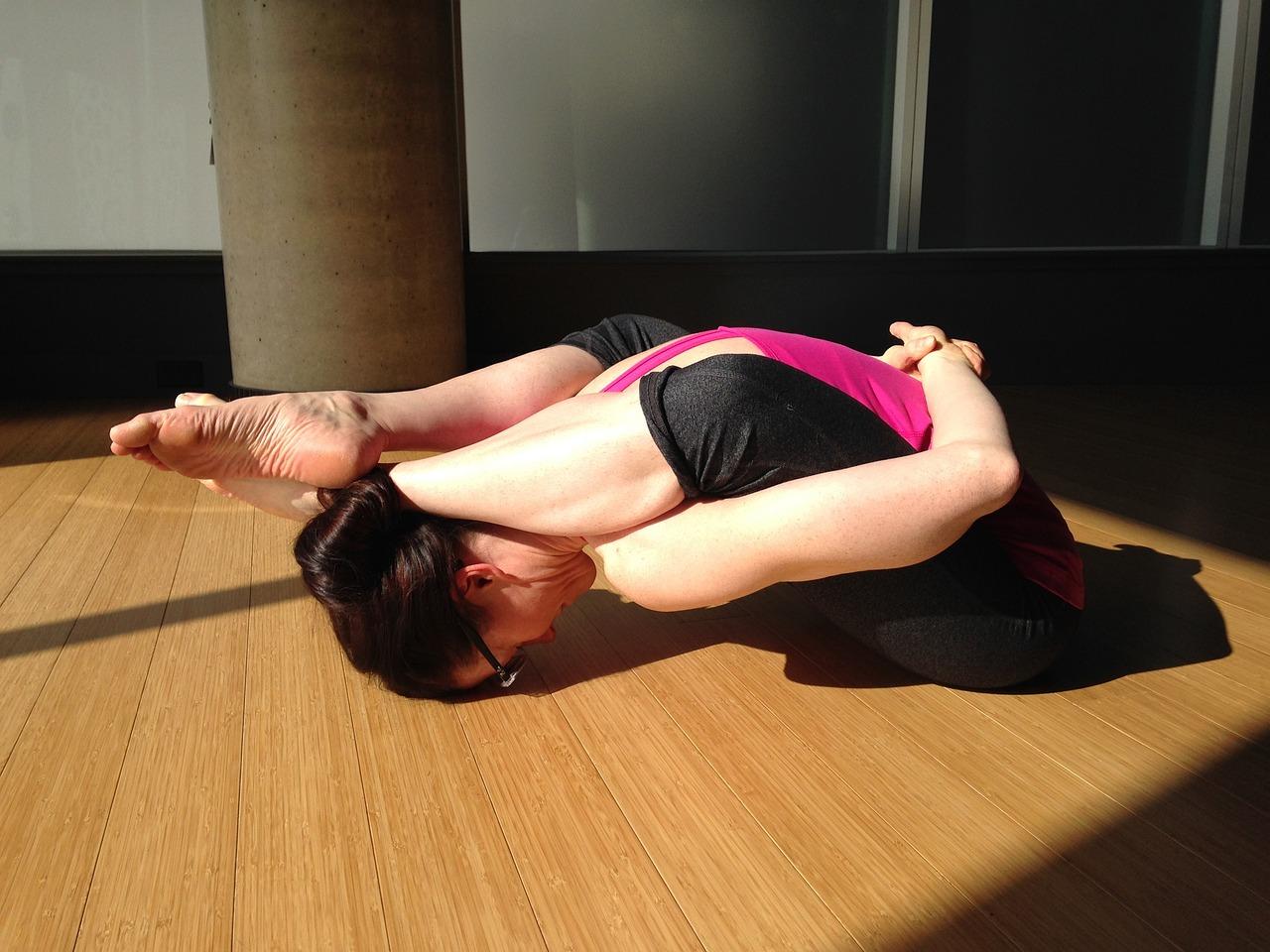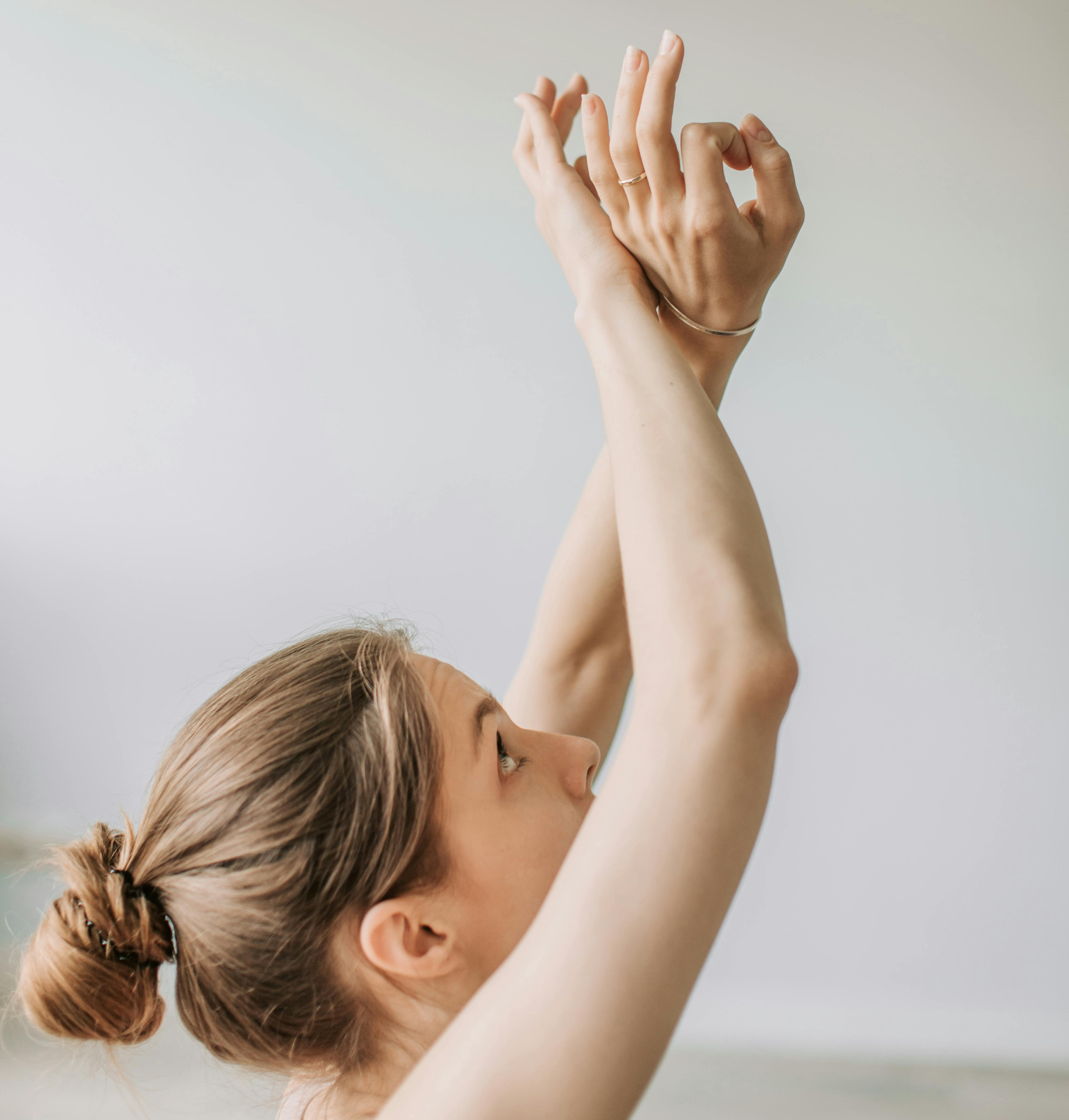Search for yoga retreats
Discover yoga retreats, holidays, and courses from worldwide.
Yoga teacher training (YTT) is more than just a certification; it's an immersive journey of self-discovery that unlocks the potential to guide others on their own yogic path. Let's delve into the core elements of YTT and explore why it's a transformative experience.
The Foundations of Yoga Philosophy
At the heart of YTT lies a deep exploration of yogic philosophy. You'll immerse yourself in ancient wisdom, unraveling the intricate tapestry of the Yamas and Niyamas – ethical guidelines and personal observances that form the bedrock of a yogic lifestyle. These principles, such as non-violence (ahimsa), truthfulness (satya), and non-stealing (asteya), provide a framework for living a mindful and compassionate life.
The eight limbs of yoga, as outlined in Patanjali's Yoga Sutras, will be a central focus. These limbs – Yama (ethical conduct), Niyama (self-discipline), Asana (physical postures), Pranayama (breathwork), Pratyahara (withdrawal of the senses), Dharana (concentration), Dhyana (meditation), and Samadhi (enlightenment) – offer a comprehensive roadmap for holistic well-being.
Through the study of sacred texts like the Bhagavad Gita, you'll gain profound insights into the philosophy's core themes of self-knowledge, selfless action, and the liberation attainable through yoga practice.

Understanding the Body: Anatomy and Physiology
A strong foundation in anatomy and physiology is essential for any aspiring yoga teacher. This knowledge empowers you to guide students safely and effectively through various postures and movements, preventing injuries and ensuring a positive yoga experience.
You'll delve into the intricacies of the musculoskeletal system, learning about the major muscle groups, bones, and joints involved in yoga postures. Understanding proper alignment principles is crucial for activating the correct muscle groups, maintaining a stable foundation, and practicing yoga with optimal balance and ease.
Exploring the respiratory and cardiovascular systems provides valuable insights into the impact of pranayama (breathwork) on the body. You'll learn how different breathing techniques affect heart rate, blood flow, and energy levels, enabling you to guide students in using breathwork effectively during their yoga practice.
The nervous system also plays a significant role in yoga. Studies have shown that yoga practice can activate the parasympathetic nervous system, promoting relaxation and stress reduction. Understanding these connections allows you to craft yoga sequences that cultivate a sense of calmness and well-being in your students.
The Art of Teaching: Methodology and Practice
YTT equips you with the necessary skills to create effective and engaging yoga classes. You'll learn the art of sequencing postures, transitioning smoothly between poses while maintaining a clear flow and purpose within the overall practice.
Providing clear and concise instructions is paramount. This includes verbal cues that guide students into postures with proper alignment, as well as modifications that cater to different abilities and experience levels. You'll also learn how to offer verbal encouragement, creating a supportive and inclusive environment for all students in your class.
Effective yoga teachers understand the importance of creating a safe and positive learning environment. YTT programs equip you with classroom management skills, including addressing common challenges like injuries, modifications, and student behavior. You'll also learn how to create a space that fosters respect, inclusivity, and a sense of community within your classes.

Deepening Your Personal Practice
YTT provides a unique opportunity to deepen your own asana (physical posture) practice. Daily sessions under the guidance of experienced teachers allow you to explore various yoga styles, refine your technique, and discover a deeper understanding of your body's capabilities.
You'll gain a thorough understanding of foundational postures in Hatha yoga, along with variations suitable for different levels of experience. Exploring other styles like Vinyasa, Yin yoga, Restorative yoga, or Ashtanga can broaden your repertoire, allowing you to offer a wider range of yoga experiences to your future students.
Learning proper alignment principles is crucial. Through detailed instruction and personalized feedback from your teachers, you'll refine your own postures, ensuring you can guide your students with confidence and expertise.
The focus on personal practice extends beyond the physical. The process of learning to teach often enhances your own connection to the yogic philosophy and its principles. You'll find yourself integrating mindfulness and self-awareness into your daily life, not just on the yoga mat. This newfound understanding translates into your teaching, empowering you to guide your students towards cultivating their own mindfulness practice and reaping its numerous benefits.
Cultivating Inner Peace: Pranayama and Meditation
Yoga teacher training delves deeply into the practice of pranayama (breathwork) and meditation, equipping you with the tools to guide others towards inner peace and heightened awareness. Pranayama practices involve controlling the breath in specific ways to influence the flow of energy (prana) within the body and mind.
You'll explore various pranayama techniques like Ujjayi (victorious breath), Kapalbhati (breath of fire), and alternate nostril breathing (Nadi Shodhana). Learning the benefits and applications of each technique allows you to curate effective pranayama practices for your students, whether aiming for energization, relaxation, or focused concentration.
Meditation is another cornerstone of yoga practice, and YTT programs provide a strong foundation for cultivating a meditation practice. Exploring various meditation techniques like mindfulness meditation, mantra meditation, and guided meditation allows you to experience the transformative power of stillness and present-moment awareness.
Through regular meditation practice, you'll learn to observe your thoughts and emotions without judgment, fostering inner peace and emotional resilience. This newfound understanding translates into your teaching, empowering you to guide your students towards cultivating their own meditation practice and reaping its numerous benefits.
The Benefits of Yoga Teacher Training

- Become a Yoga Expert: Gain a comprehensive understanding of yoga's multifaceted nature, encompassing physical postures, breathing techniques, yogic philosophy, and the art of teaching.
- Empower Others: Share the transformative power of yoga and help others connect with their inner selves, improve their physical well-being, and achieve their wellness goals.
- Deepen Your Personal Practice: The process of learning to teach often leads to a deeper understanding and appreciation for your own yoga journey.
- Build a Rewarding Career: If you choose to pursue teaching yoga professionally, YTT equips you with the necessary skills and qualifications to embark on a fulfilling career path.
- Expand Your Community: Connect with a vibrant network of yoga teachers, creating a supportive community for ongoing learning and professional development.
Choosing the Right Yoga Teacher Training Program
Selecting the right YTT program is crucial to ensure a well-rounded and enriching experience. Consider the following factors when making your decision:
- Program Style: Choose a program aligned with your personal practice and interests, whether it's Ashtanga, Vinyasa, Yin yoga, or restorative yoga.
- Program Duration and Intensity: Select a program duration (200-hour, 300-hour, or 500-hour) that aligns with your learning goals and time commitment.
- Teacher Training School: Research the reputation and teaching methodology of the YTT school. Ensure it's registered with a recognized Yoga Alliance or similar governing body.
- Location: Decide if you prefer a local or residential program, considering the immersive experience and community building opportunities of residential programs.
- Cost: Set a realistic budget and compare options, remembering that YTT is an investment in your personal and professional growth.
Delving Deeper: 300-Hour and 500-Hour Programs
For those seeking an advanced exploration of yoga philosophy, anatomy, and teaching methodologies, 300-hour and 500-hour YTT programs offer a deeper dive. These programs build upon the foundation of 200-hour programs, delving into advanced asana practice, specialized teaching methodologies, and a more nuanced understanding of anatomy and physiology.
The Path Beyond Teacher Training

The completion of a YTT program marks the beginning, not the end, of your yogic journey. As a yoga teacher, you'll continue to learn and grow through ongoing professional development opportunities, attending workshops, conferences, and mentoring sessions with experienced teachers. You'll also refine your teaching style through continued practice and by incorporating feedback from your students.
Ultimately, the path of yoga is a lifelong exploration. Whether you choose to embark on a yoga retreat, participate in a YTT program, or simply maintain a dedicated personal practice, remember that yoga is a gift – a gift of self-discovery, self-acceptance, and ongoing learning. Embrace the journey, and allow the transformative power of yoga to unfold in your life.
Taking the Leap
Whether you choose the restorative escape of a yoga retreat or the enriching adventure of teacher training, you're embarking on a path of personal growth and transformation. Embrace the opportunity to learn, connect, and deepen your yoga practice in a supportive and inspiring environment. Remember, yoga is a lifelong exploration, not a destination. It's a journey of continual self-discovery, self-acceptance, and ongoing learning. Take a deep breath, step onto your mat, and see where the path leads you.
Craving More Stories?
Join our ShopYogaRetreats newsletter for the latest updates on thrilling
destinations and inspirational tales, delivered straight to your inbox!
We value your privacy. Your email address will never be shared or published.
 English
English Deutsch
Deutsch Français
Français Nederlands
Nederlands Español
Español

